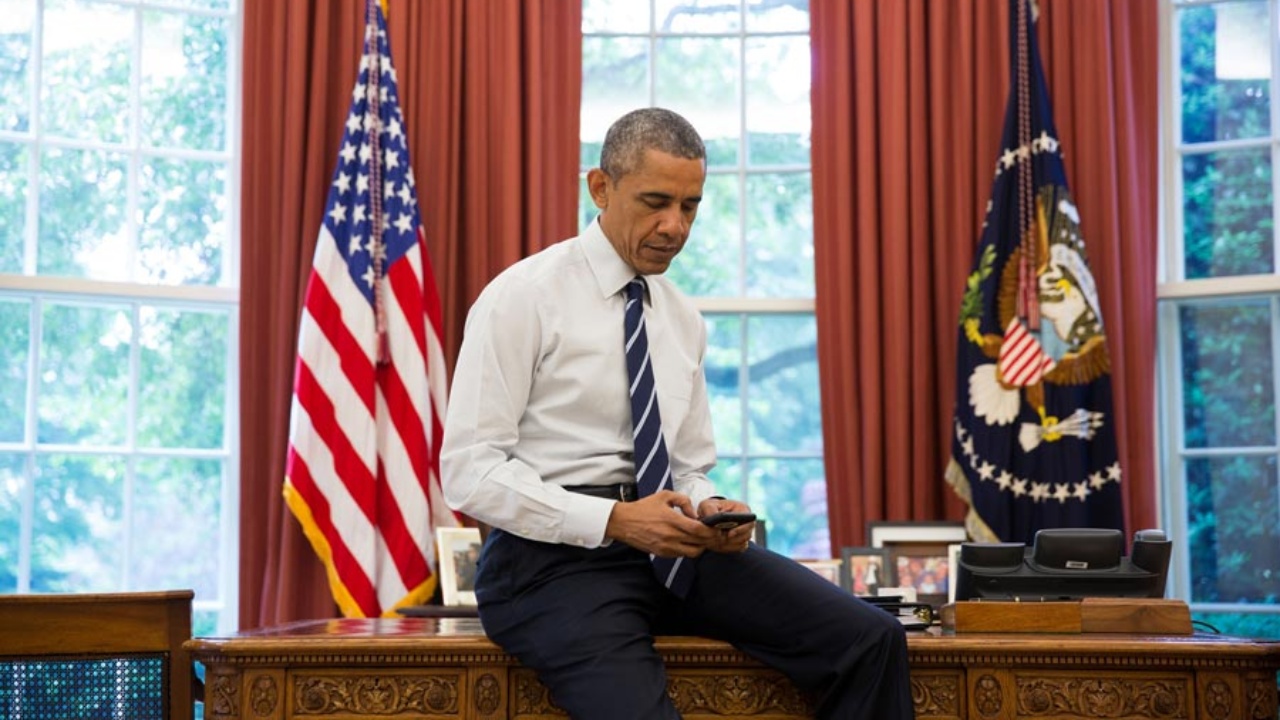When you think of White House renovations, you might picture dramatic construction, bulldozers, and major structural overhauls. It’s true that some administrations have left very physical marks on the famous address at 1600 Pennsylvania Avenue. So, where does President Barack Obama fit into this history? His approach to transforming the White House was less about swinging a wrecking ball and more about an intentional, thoughtful evolution of the space, focusing on making it a modern, functional, and truly American home for his young family.
The Obama family’s touch was seen in everything from the art on the walls to the new basketball hoops on the court. Their changes were a blend of historical respect and contemporary flair, a careful curation that reflected their unique place in history. They worked to ensure the White House was not just a frozen museum piece, but a living, breathing symbol that could honor its past while embracing the present.
Note: The claim that Barack Obama spent $376 million on a 2010 White House renovation is false; the major cost was for a separate federal building, while his personal projects, like the basketball court, were privately funded.
A Restoration of Spirit and Function
The most significant changes under the Obama administration were not structural but stylistic and practical. Upon moving in, they hired renowned interior designer Michael S. Smith not to gut the place, but to gently guide it into the modern era. The goal, as Smith described it, was to balance the “logistics of creating a comfortable home” within the context of a historic and symbolic house. The First Lady, Michelle Obama, noted in her foreword to Smith’s book that their mission was to celebrate the White House as the “People’s House,” a place that was welcoming and accessible to all Americans.
You Might Like: The Family Story Behind Misty Copeland
This philosophy translated into a light-handed reinvention of the interiors. Smith and Mrs. Obama were adamant about using pieces with historical resonance, ensuring any changes would benefit future first families. They made practical upgrades, like adding LED lighting to dark halls so Malia and Sasha could do their homework and installing dimmers to make classic artworks like the Monet outside the First Lady’s door appear “newly vibrant.” In the private quarters, the focus was on creating a happy, normal home for a young family in an extraordinary situation. The girls’ bedrooms were injected with youthful energy, featuring vibrant rugs, bold wallpapers, and fun accessories from stores like Anthropologie and Crate & Barrel.
Satellite images show President Trump’s project to build a grand ballroom has appeared to take down at least six trees on the White House grounds — including two historic magnolia trees commemorating Presidents Warren G. Harding and Franklin D. Roosevelt. https://t.co/E9Epovw4wI pic.twitter.com/DNEubFKMzN
— ABC News (@ABC) October 25, 2025
Perhaps the most impactful shift was in the art collection. The Obamas and Smith launched an initiative to “bring the building up to speed” by introducing 75 years of missing American art history. They brought in modern and contemporary works, securing loans of paintings by masters like Edward Hopper and Mark Rothko. Crucially, as the first African American first family, they championed Black artists, bringing works by Jacob Lawrence, Alma Thomas, and Glen Ligon into the White House collection, with Thomas’s Resurrection becoming the first work by an African American woman in the permanent collection.
Personal Touches and a Personal Bill
One of the most talked-about changes was to the outdoor sports facilities. President Obama, an avid basketball player, had the existing White House tennis court renovated into a combination court that could accommodate both tennis and basketball. This involved redrawing the lines and adding basketball hoops, a project that was relatively minor in scope and cost, especially when compared to the massive structural renovations of other presidents.
Another lasting contribution was the White House Kitchen Garden, initiated by First Lady Michelle Obama. Planted on the South Lawn, this 2,800-square-foot garden of fruits, vegetables, and herbs was designed to promote healthy eating and living. It continues to be a productive part of the White House, yielding about 2,000 pounds of food each year.
When it came to funding these personal and aesthetic updates, the Obamas took a distinctive approach. While new presidents are traditionally allotted $100,000 in public funds to overhaul the private residence and Oval Office, the Obamas decided to forgo taxpayer money. They personally paid for their interior redecorating and renovations, and as a result, the White House never publicly disclosed the final budget, keeping their expenses private.
In the long history of White House transformations, the Obama chapter stands out not for its scale but for its substance. It was a renovation of spirit, a deliberate effort to weave a more modern, diverse, and inclusive American story into the very fabric of the building. They left behind a White House that was not only more beautiful and functional but one that more fully represented the people it served.








